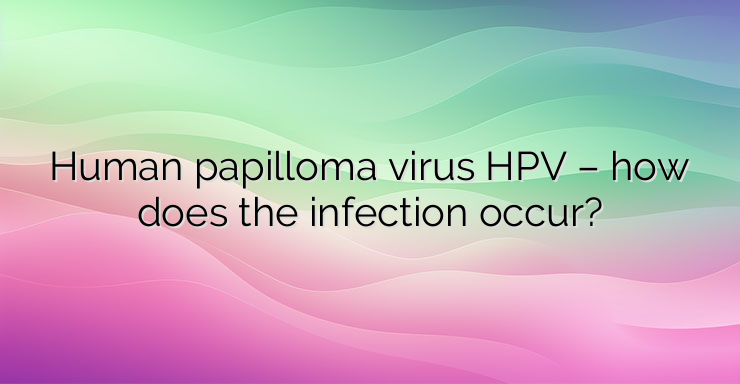Infection with the human papilloma virus – HPV is associated with an increased risk of developing cervical cancer, cancer of the vagina, anus, and penile carcinoma. Among all cancers, 15% are due to viral infection. Human papillomavirus is the cause of 600,000 cases of cancer of the cervix, anus, cancer of the oral cavity and pharynx, as well as the appearance of genital warts and papillomatosis in the lungs. The virus has an intraepithelial infectious cycle – it infects both the skin and mucous membranes. HPV types 16 and 18 have been found to be the most common oncogenic viruses that cause cancer. Cervical cancer is the third most common cancer in women worldwide and is caused by one of these oncogenic viral variants. The E6 and E7 gene products of the virus’s genetic information contribute to its ability to cause cancers. The viral DNA of the human papillomavirus integrates into the host cell’s genetic information, leading to a change in the expression of the E6 and E7 oncoproteins. This is related to degradation and disruption in the functions of the p53 gene – “the guardian of the human genome” – as it prevents the formation of cancer cells. The E7 protein binds to a cyclin-dependent kinase inhibitor, leading to impaired cell cycle control. The human papillomavirus infects epithelial cells that have the ability to multiply. In this way, the virus provides access to the basal layer of epithelial cells, in which it stimulates the expression of viral genes and thus favors viral replication. The interaction between the virus and the host cell takes place through surface receptors such as sulfated proteoglycans and alpha-6 integrins. Early proteins E1 and E2 are required for initiation of viral replication. It is E2 that is responsible for controlling the expression of E6 and E7. The virus successfully replicates by incorporating the viral genome into that of the host cell. This leads to increased expression of oncoproteins E6 and E7, which favors the formation of an increased amount of cancer cells. After viral replication, the products of the L1 and L2 genes form the viral envelope called the capsid, which ensures the formation of a mature virus capable of infecting other cells. In the final stages of the viral cycle, functional virus is released by the E4 protein. References: https://www.ncbi.nlm.nih.gov/pmc/articles/PMC4830161/


Leave a Reply